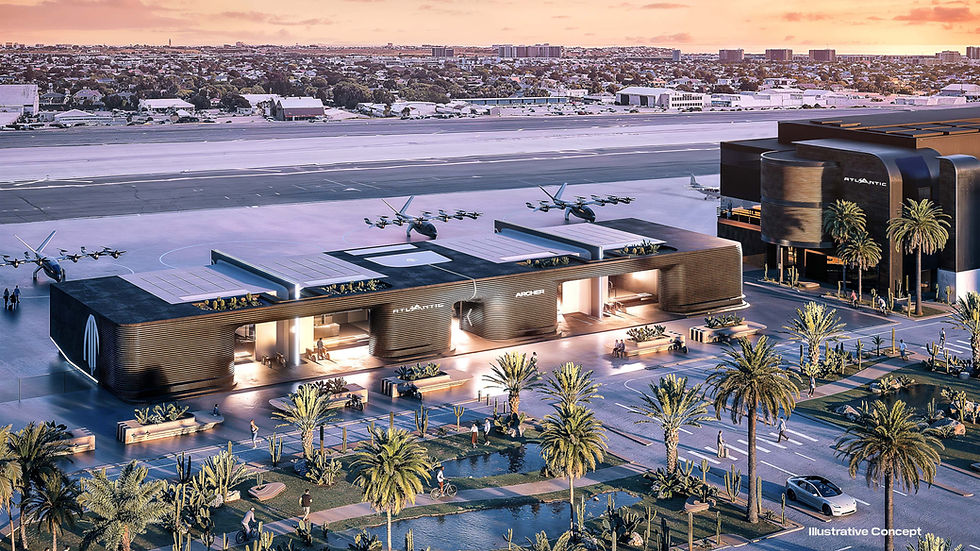Yes, fresh air supply 24/7 in Passive Buildings!
- Stefan Goebel
- Jun 4, 2024
- 1 min read
The key to improve indoor air quality and lower building energy use: Airtight construction with balanced ventilation and energy recovery.
In non-airtight conventional buildings (➡ random ventilation), air is exhausted from spaces and pulled in (unfiltered) through unintentional openings such as gabs in walls, around windows, roof connections etc. based on pressure differential between outside and inside. When outside and inside air (which differ in temperature and humidity) meet in these gabs, condensation and mold growth can occur reducing not just air quality but also building durability.
In airtight Passive Buildings (➡ balanced ventilation), we want to keep the pressure between outside and inside the building as even as possible (controlled) by creating an air tight building envelope (infiltration rate 0.06 CFM/sqft). Air is exhausted from kitchens and bathrooms and supplied to bedrooms and living rooms. The air is filtered and passes through an energy recovery ventilator (ERV - transfers energy from the exhausted air to pre-condition incoming air without mixing the air) before entering the building to enhance air quality and energy efficiency.

Stay tuned to learn how we define and measure indoor air quality (➡follow BuildZeroConsulting for more Passive House & Net-Zero Energy content).





Comments